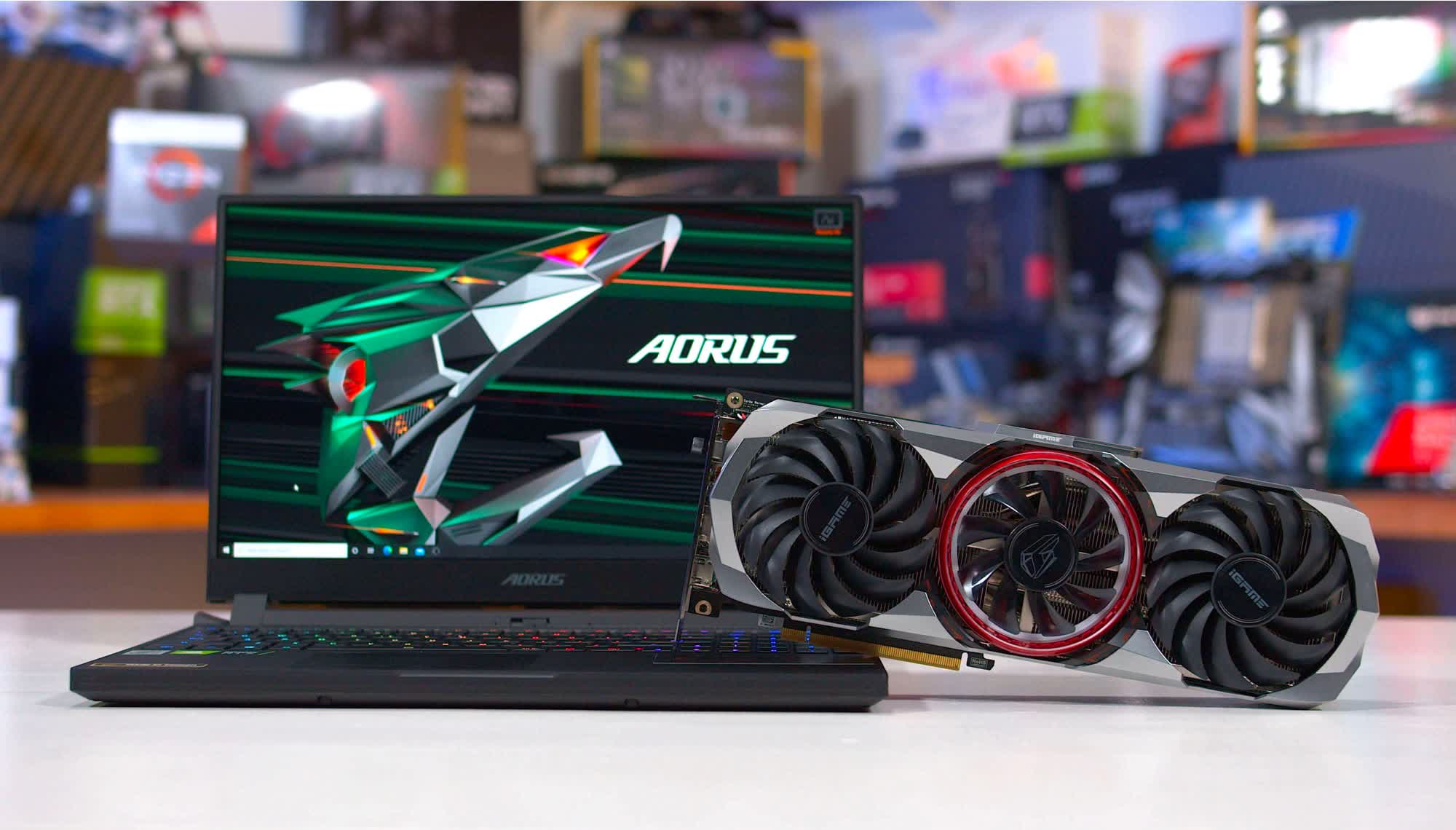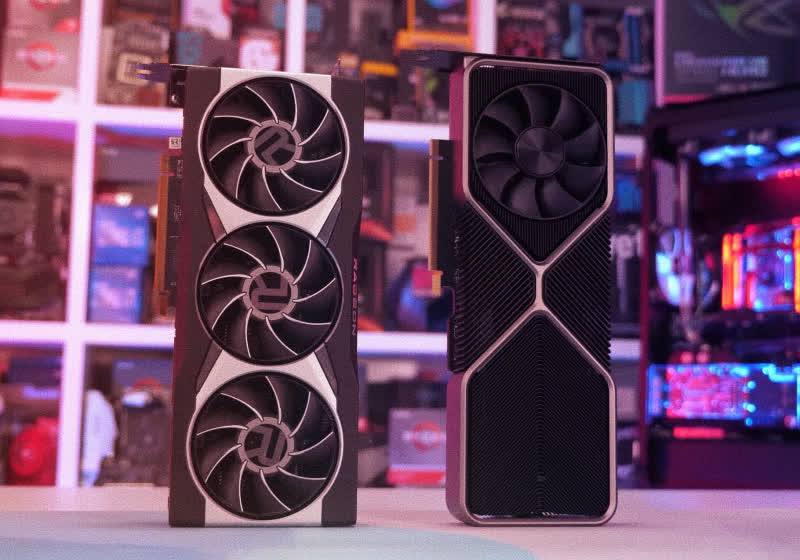A hot potato: Gamers who thought that the current crop of RDNA2 and RTX 30-series GPUs were already demanding might be in for a surprise, if the most recent drop of leaks is to be believed.
Both kopite7kimi and Greymon55, established leakers in their own rights, seem to be in agreement that some of Nvidia's upcoming Lovelace GPUs will land somewhere north of the 400W range. These figures would presumably be for the top models of the RTX 4000 series, built on AD102 silicon, successors to the RTX 3080 / Ti and RTX 3090.
Besides pushing the GPU core as hard as possible, a great deal of this power budget will come from the continued use of the hot and power-hungry GDDR6X memory on Nvidia's top models.
450-500w
--- Greymon55 (@greymon55) July 29, 2021
Separately, Bondrewd of the Beyond3D forums left hints on Navi 31, the top SKU from AMD's RDNA3 line-up, suggesting that the multi-chiplet GPU would sit below 500W in total board power draw and below 350 mm² per graphics core die.
With an estimated size of 600-650 mm² for the two GCDs alone, and perhaps 800 mm² for the whole GPU (when including the Infinity Cache-bearing MCDs), 3Dcenter believes that Navi 31 will end up in the region of 450-480W for total board power.
Although the GPUs are nowhere near from release, these numbers are already concerning. In addition to being a bigger strain on PSUs and cooling in smaller cases, the growing power draw of GPUs is increasingly leaving gaming laptops behind.

Size and weight constraints of gaming laptops limit their cooling ability, and TDPs have remained stubbornly fixed as a result, with mobile GPUs rarely given more than 150W to work with, and that's the bulkier models that have lots of cooling.
That was good enough when the 180W GTX 1080 was the bar to beat, but the RTX 2080 called for 215W, and the RTX 3080 asked for 320W, taking gaming laptops from near-parity to only half the power of a desktop card in just a few generations.
That's excluding how growing die sizes have locked out the top end GPUs from laptops entirely, with the laptop RTX 3080 and RX 6800M actually using a lower tier silicon than their desktop counterparts. Or how partner cards routinely draw even more power reference numbers, like EVGA's FTW3 pushing the RTX 3080 to almost 400W.
Surely 400W+ GPUs are unlikely to trouble top end battlestations with immaculately designed cooling and kilowatt power supplies. But for regular gamers – those using smaller cases, or on laptops, or keeping hold of an ol' reliable 500W PSU – they're becoming a major problem.
